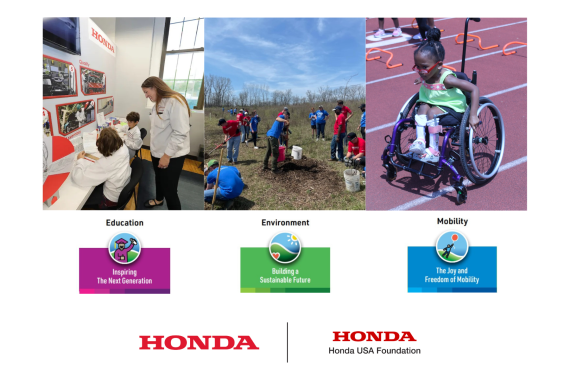Honda Helps South Carolina Sea Turtle Conservation
Sea turtles are one of the oldest and most revered wildlife animals in the world. Their existence dates back to the dinosaur era, and their quiet determination is something to be admired.
South Carolina is home to four coastal beaches where loggerhead sea turtles, once considered endangered, nest every spring and summer. More than 15 percent of nests along South Carolina’s coast, or about 500 annually, are found within the four state parks throughout 12 miles of beachfront.
Protecting these fragile nests takes a team of volunteers and park rangers surveying the coastline daily for threats that come with the elements and with tourist traffic.
Over the years Honda of South Carolina has been doing its part to help protect these delicate habitats, donating models of its side-by-sides to the South Carolina Department of Parks Recreation & Tourism to help in the effort. This year, Honda of South Carolina proudly presented SCPRT with a Pioneer 700 and a Pioneer 1000.
May to mid-October is turtle-nesting season. A sea turtle will lay an average of 180 eggs per nest. This year, one South Carolina beach had a record high of 174 loggerhead sea turtles. The average nest has about 180 eggs, so 174 turtles had the potential to hatch 31,320 eggs for safe-keeping.
Honda’s donated Pioneers make daily surveying of the nests a lot easier. “There is no way for a park ranger to adequately cover miles of beach without some type of motorized vehicle,” said Ray Stevens, regional chief, Coastal Region, South Carolina Department of Parks Recreation and Tourism (SCPRT).
Pioneers can help comb the coasts more quickly and carry more people per stretch compared to individuals walking alone. Pioneers also have ample cargo space to transport nests, injured sea turtles and equipment such as wood, netting shovels and signage to create nesting barricades.
“The new Honda side-by-side helps us to preserve and protect one of nature’s most remarkable creatures, which captures the heart of the hundreds of thousands of people that visit the park each year,” said Stevens.

